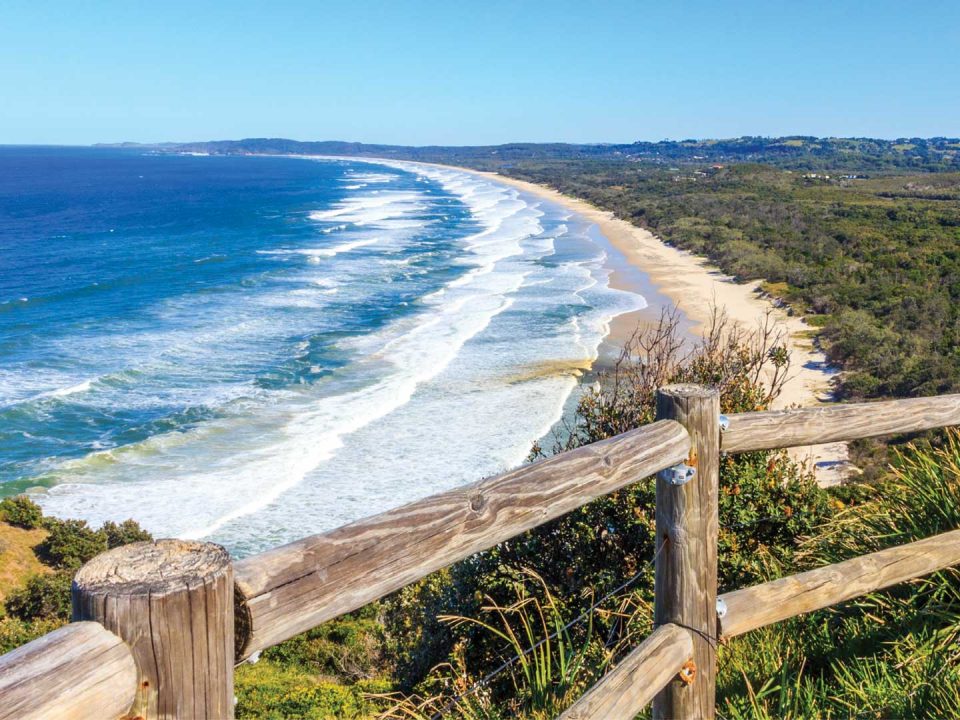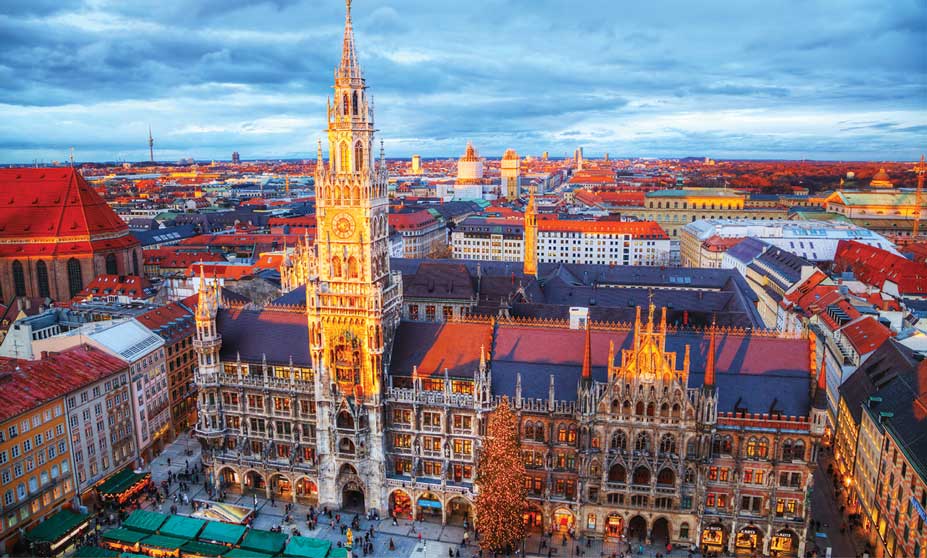House tour: a modern reimagining of a historic San Francisco home.
HISTORIC BERLIN

TOMMY LEE SHARES HIS COOKIE RECIPE WITH JOHN TRAVOLTA THROUGH A FUN TIK TOK
November 8, 2021
WONDER WOMAN TURNS 45!
November 8, 2021Resurrected from the Rubble
Sandip Hor profiles the historic rebuilt city and Germany’s capital
Following the reunification of Germany in 1990, the urban silhouette of historic Berlin has changed dramatically. While preserving many imprints of the past from the Golden Age of the Prussian Empire to the harshness of the Nazi and Cold War periods, Berlin has worked hard to transform itself from a capital city that was demolished by Allied forces in WWII to an avant-garde metropolis of the 21st century.
ARCHITECTURE The eastern part of the city is crammed with architectural jewels that were built by Prussian Emperors, as well as the German Reich, between the 17th and early 20th centuries.
Among several places of interest are the Charlottenburg Palace, Berlin Cathedral, Reichstag and Brandenburg Gate. There’s also a host of art pieces vaulted in a series of museums located on an island in close proximity to these iconic monuments.
BERLIN WALL Though it doesn’t exist anymore, the iconic site and some remains of the infamous wall that physically divided Berlin in the post-WWII period (especially from 1961 to 1989) is perhaps the city’s most visited attraction. This concrete barrier, which represented a symbol of ideological separation between the Western powers and Eastern bloc, witnessed the deaths of at least 170 people.
At midnight on 9 November 1989, in response to a thawing of the Cold War, East Germany announced that its citizens were free to cross the border to West Berlin. A point of interest is Checkpoint Charlie where diplomats and foreigners could cross the border.
NAZI LEFTOVERS During the Third Reich, resistance to the authorities was dealt with harshly at numerous concentration camps that had been established for the extermination of Jews and other categories of ‘undesirable’ people.
The ruined barracks, torture cells, execution grounds and crematorium at the Sachsenhausen concentration camp, which is located 35 kilometres outside city limits, is a reminder of Nazi Germany’s brutal history.
COMMUNIST HISTORY Housed inside the former headquarters of the Ministry for State Security – better known as the ‘Stasi’ – multimedia displays in what is now a museum narrate the stories of people who lived in the eastern quarter under the Communist regime, as well as the fear, suspicion and restrictions that were a part of life there.
CAFÉ SIBYLLE Although most things have changed in unified Germany, this cafe – which sits on the Karl-Marx-Allee (known as Stalin Allee until 1961) still exhibits 1950s decor. It displays numerous posters, photographs and documents that provide visitors with interesting information about the city in the Soviet era.














